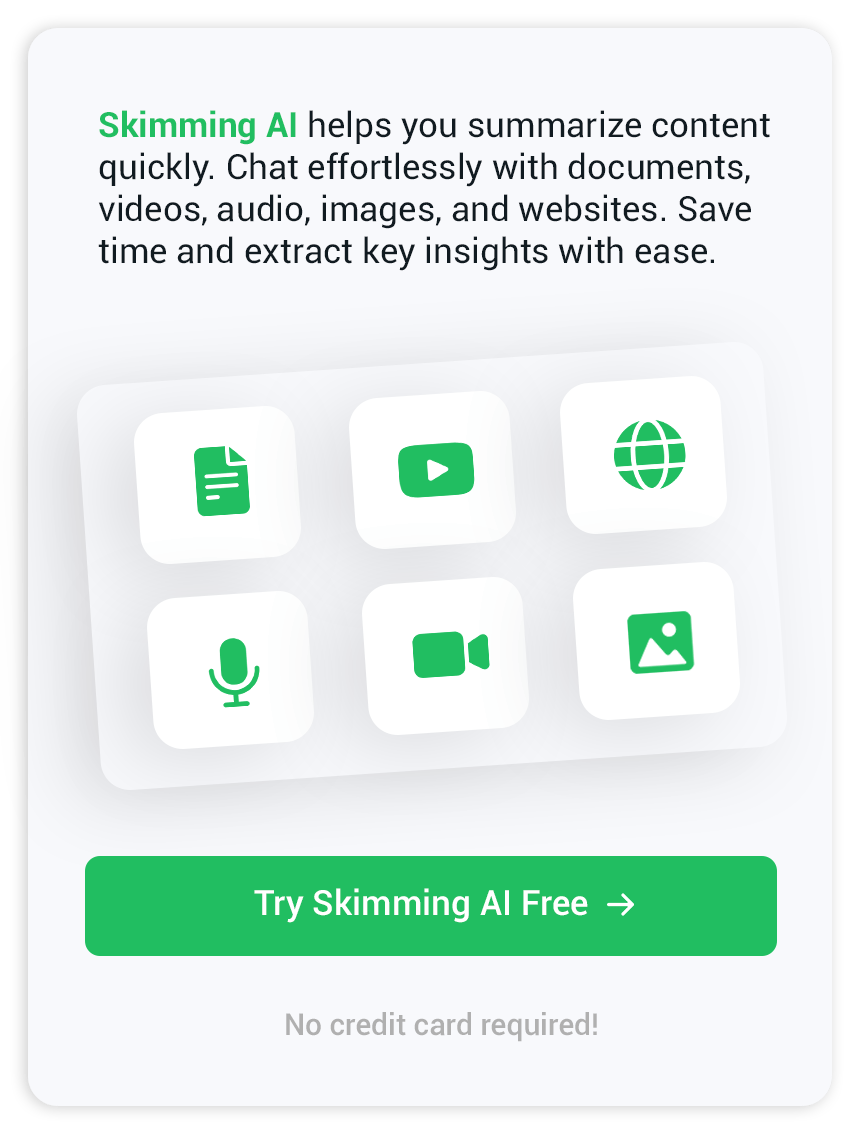Read pdf instantly on any device – seamless access and sharing
Sometimes, reading a PDF can feel like a marathon, especially with academic papers, technical manuals, or lengthy reports. If you have ever wondered how to read PDF files faster without losing understanding, you are not alone. As digital documents have become central in study and work, finding practical ways to work through them at a quicker pace is more useful than ever.
Why PDFs Slow Us Down
Unlike web pages, PDFs are often formatted for print. This means there are pages with long paragraphs, complex diagrams, and few built-in navigation shortcuts. If you are jumping between different sections for the information you need, the process can quickly become overwhelming. Many PDFs do not have clickable tables of contents or search-friendly formats either, adding to the challenge.
Set Clear Goals Before You Start
Before you open the document, decide what you really need from it. Are you searching for specific data or just trying to get the main idea? Knowing this helps you resist the urge to read every word. Spend a minute checking the table of contents or headings. Quickly scroll through to see how the content is laid out. This initial scan gives you a sense of how long you need to spend and where the key information lives.
Use Tools That Help You Skim Smarter
You might find it helpful to use PDF readers with built-in search functions. Press Control or Command F and type keywords related to your topic. This lets you skip to the most relevant sections instantly. Some documents also allow highlighting and note taking which is a lifesaver for quick reviews later on. If you want a summary instead, try turning to solutions like a PDF summarizer to get a condensed version of the text.
Practice Skimming and Scanning
Skimming is reading rapidly to get the gist, while scanning is looking for particular information or figures. With PDFs, you can:
- Read the headings, subheadings, and any bold or italicized text first.
- Focus on the introduction and conclusion if the document has them.
- Pay attention to bullet points, numbered lists, or tables for condensed facts.
This way, you will identify what deserves your closer attention without slogging through every line.
Break Up the Text Visually
PDFs rarely offer much white space. To avoid eye strain and mental fatigue, try adjusting the view. If your reader allows, increase zoom for bigger text or switch to a two page view for a broader look. Take quick breaks every ten minutes to help your mind process what it has just scanned.
Keep Distractions Low
When reading difficult material, a quiet environment helps you focus. This makes it easier to retain and connect information on your first pass, meaning fewer re reads and more time saved in the long run.
Go Beyond Text with New Tools
If you need to discuss, translate, or analyze the document further, there are creative new solutions for chatting with your file. With some platforms, you can chat with document content directly and ask questions in your own words, helping you find answers even faster.

